Here’s the 3rd and last piece of the monthly updates for my Beat the Market Experiment, a set of three real money portfolios started on November 1st, 2012. See also my $10,000 Benchmark and $10,000 Speculative portfolio updates for February 2013.
I started with $10,000 split evenly between Prosper Lending and Lending Club, and went to work lending other people money and earning interest with an 8% target net return.
$5,000 LendingClub Loan Portfolio. Below is a screenshot of my LendingClub account as of 2/1/13. Keep in mind that I had loans before, but sold them all on the secondary market and started fresh for this tracking experiment. However, the charged-off loans from that period stayed on my record even though the overall return for my very conservative loan portfolio back then was over 5%.
I now have a total of 194 active and issued loans. I used simple loan criteria based on my LendingClub filters post as well as my Prosper filter research noted below, saving me from having to look through individual loan descriptions. The portfolio is very young, but so far all loans are current (16 days past due is considered late). The current weighted average interest rate is 11.66%, which means I can lose 3.66% to defaults and still net an 8% return.
LendingClub.com account value: $5,113.27 (includes principal + accrued interest, after fees)
$5,000 Prosper.com Loan Portfolio. Below are screenshots of my Prosper account page as of 2/1/13.
[Read more…]
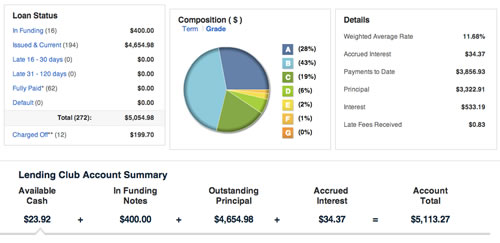
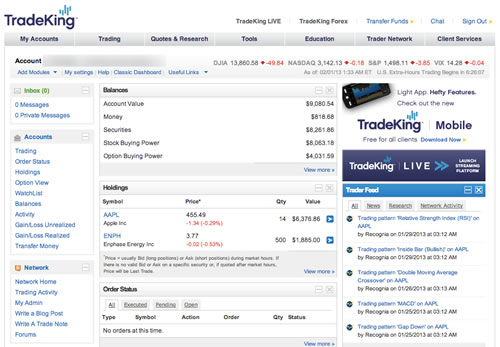
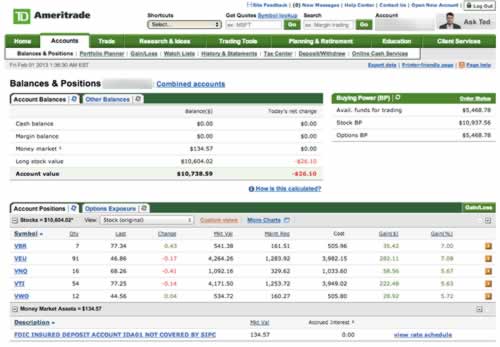
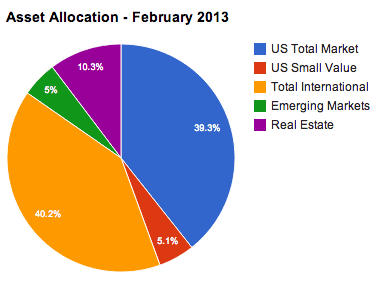
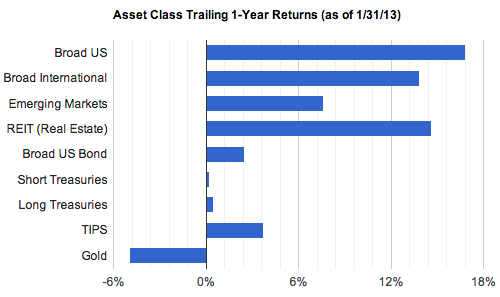


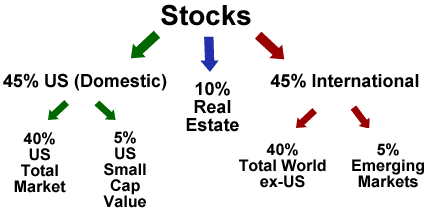
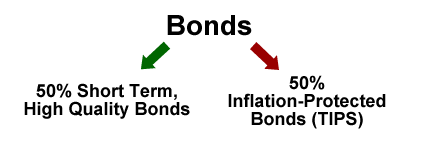
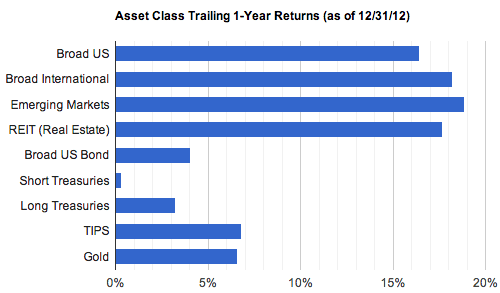
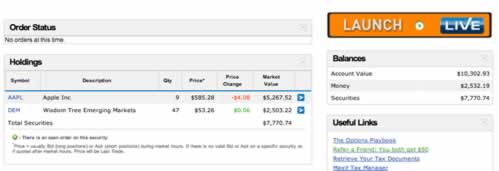
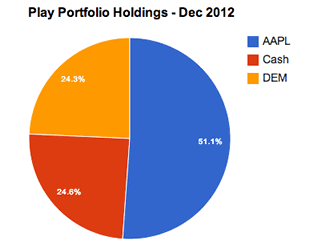


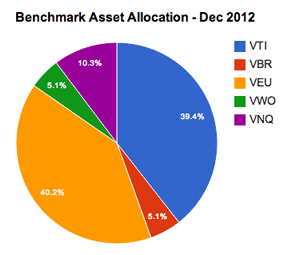
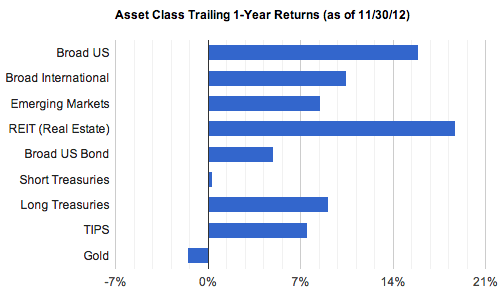
 The Best Credit Card Bonus Offers – March 2024
The Best Credit Card Bonus Offers – March 2024 Big List of Free Stocks from Brokerage Apps
Big List of Free Stocks from Brokerage Apps Best Interest Rates on Cash - March 2024
Best Interest Rates on Cash - March 2024 Free Credit Scores x 3 + Free Credit Monitoring
Free Credit Scores x 3 + Free Credit Monitoring Best No Fee 0% APR Balance Transfer Offers
Best No Fee 0% APR Balance Transfer Offers Little-Known Cellular Data Plans That Can Save Big Money
Little-Known Cellular Data Plans That Can Save Big Money How To Haggle Your Cable or Direct TV Bill
How To Haggle Your Cable or Direct TV Bill Big List of Free Consumer Data Reports (Credit, Rent, Work)
Big List of Free Consumer Data Reports (Credit, Rent, Work)